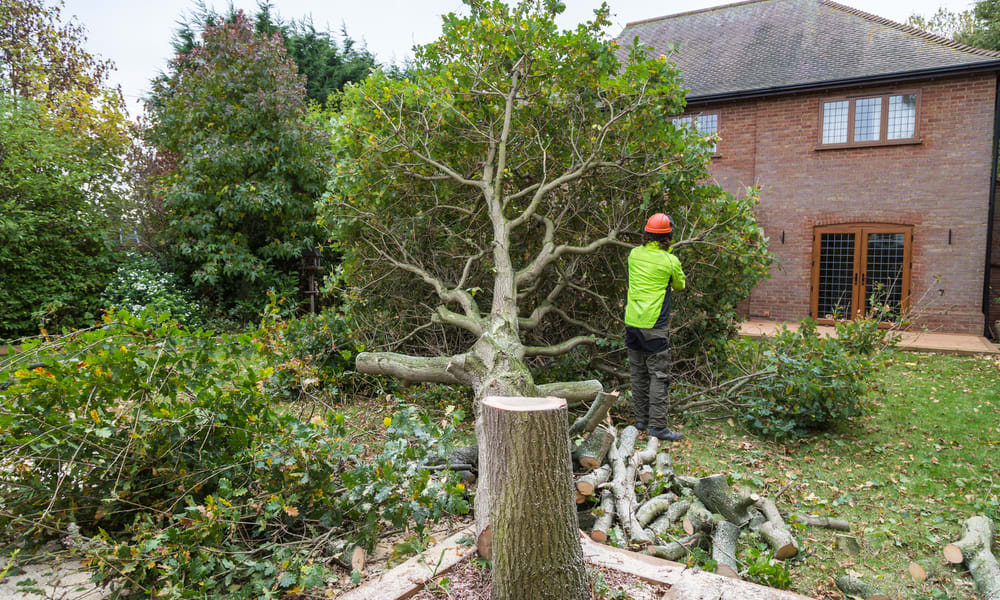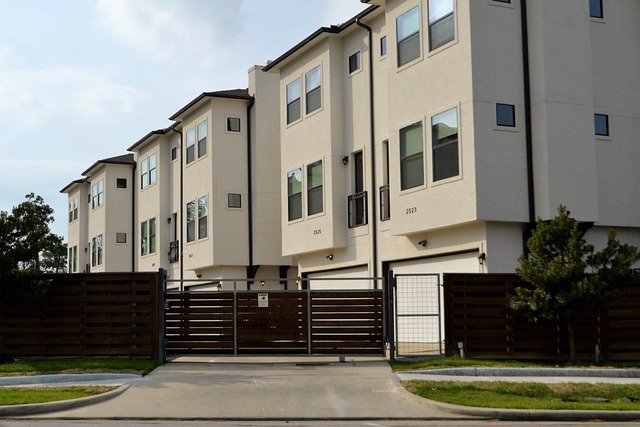The True Cost of Tree Removal and What You Need to Know
Tree removal is often an unexpected expense that can catch homeowners by surprise. Whether you're dealing with a diseased tree, one that's dangerously close to your home, or simply need to clear land for a new project, understanding the financial implications is crucial. Tree removal costs can vary dramatically based on numerous factors, and being informed can help you make better decisions while avoiding sticker shock. This comprehensive guide breaks down everything you need to know about tree removal pricing and services.

What Factors Influence Tree Removal Costs?
The price of removing a tree isn’t arbitrary—several key factors determine what you’ll pay. Tree size is perhaps the most significant variable, with larger trees requiring more time, equipment, and labor. A 20-foot tree will cost substantially less than a 60-foot oak. The tree’s location also plays a crucial role; trees near power lines, buildings, or in areas with difficult access will require specialized equipment and safety precautions, increasing the cost.
Tree condition matters too. Dead or diseased trees might seem easier to remove, but they can actually be more dangerous and unpredictable, potentially requiring additional safety measures. The tree species affects pricing as well—hardwoods like oak and maple typically cost more to remove than softer woods like pine due to their density and the additional labor required to cut them down.
Local regulations and permits are another consideration. Some municipalities require permits for tree removal, especially for protected or heritage trees, adding to your overall expense. Season and demand can also influence pricing, with costs often rising during peak times like after storms or during spring cleanup periods.
What Are the Average Tree Removal Price Ranges?
Tree removal costs vary widely across the United States, but understanding the general price ranges can help you budget appropriately. Small trees (up to 30 feet tall) typically cost between $150 and $450 to remove. Medium-sized trees (30-60 feet) generally range from $450 to $700, while large trees (60-80 feet) can cost anywhere from $700 to $1,300. Very large or complicated removals for trees over 80 feet tall may exceed $1,500 and can go as high as $2,000 or more.
These base prices typically cover cutting the tree down to a stump but often don’t include stump removal or additional services like limb chipping or log splitting. Geographic location significantly impacts these ranges—expect higher prices in metropolitan areas compared to rural settings due to higher operating costs and limited space for equipment.
Emergency tree removal, such as after a storm when a tree is threatening property, can increase costs by 50% or more due to the immediate response required and potential off-hours work. Weekend or holiday service also typically commands premium rates.
What Additional Services Might You Need?
Standard tree removal usually includes cutting down the tree and cutting the trunk into manageable sections. However, several related services might be necessary depending on your situation. Stump removal is rarely included in basic tree removal quotes and typically costs an additional $150-$500 depending on the stump’s size and root system complexity.
Log splitting and wood chipping services convert the removed tree into usable firewood or mulch. These services usually cost an extra $75-$125 per hour. If you want the wood hauled away rather than left on your property, expect to pay an additional $50-$250 depending on the volume.
Cleanup services ensure your property is left in good condition after the work is completed. While basic cleanup is often included, extensive debris removal might cost extra. Some companies also offer land grading or soil preparation services after significant removals, which can add $200-$400 to your bill.
Tree risk assessment services are worth considering before removal. Professional arborists can evaluate whether removal is necessary or if treatments might save the tree, typically charging $100-$300 for this consultation.
What Should You Look for in a Tree Removal Service?
Selecting the right tree removal service is crucial for both safety and value. First and foremost, verify that any company you consider is fully insured with both liability and workers’ compensation coverage. Without proper insurance, you could be liable for damages or injuries that occur on your property during the removal process.
Certification and credentials matter significantly in this industry. Look for companies with certified arborists on staff—these professionals have passed extensive exams on tree care and removal. International Society of Arboriculture (ISA) certification is a gold standard in the industry.
Equipment quality and safety protocols are key indicators of professionalism. Reputable companies use modern, well-maintained equipment and follow strict safety guidelines. Ask potential providers about their safety record and training practices.
Customer reviews and references provide valuable insights into a company’s reliability and quality. Ask for references and check online reviews on multiple platforms. A consistent pattern of positive feedback is more meaningful than a single glowing review.
Get detailed, written estimates from at least three companies before making your decision. These estimates should clearly outline what is and isn’t included in the service. Be wary of estimates that are significantly lower than others—this often indicates corners being cut or hidden fees that will appear later.
| Service Provider | Base Tree Removal (60ft tree) | Stump Removal | Emergency Services |
|---|---|---|---|
| Davey Tree Expert | $800-$1,100 | $200-$350 | +50% rate |
| Monster Tree Service | $750-$1,000 | $150-$300 | +75% rate |
| SavATree | $850-$1,200 | $250-$400 | +60% rate |
| TruGreen | $700-$950 | $175-$325 | +65% rate |
Prices, rates, or cost estimates mentioned in this article are based on the latest available information but may change over time. Independent research is advised before making financial decisions.
Conclusion
Tree removal is a significant investment in your property’s safety and aesthetics. By understanding the factors that influence costs, knowing what average price ranges to expect, considering additional services you might need, and carefully selecting a qualified provider, you can make informed decisions that protect both your property and your wallet. Remember that the cheapest option is rarely the best choice when it comes to tree removal—this is a job where expertise, proper equipment, and safety protocols are essential for successful outcomes.




